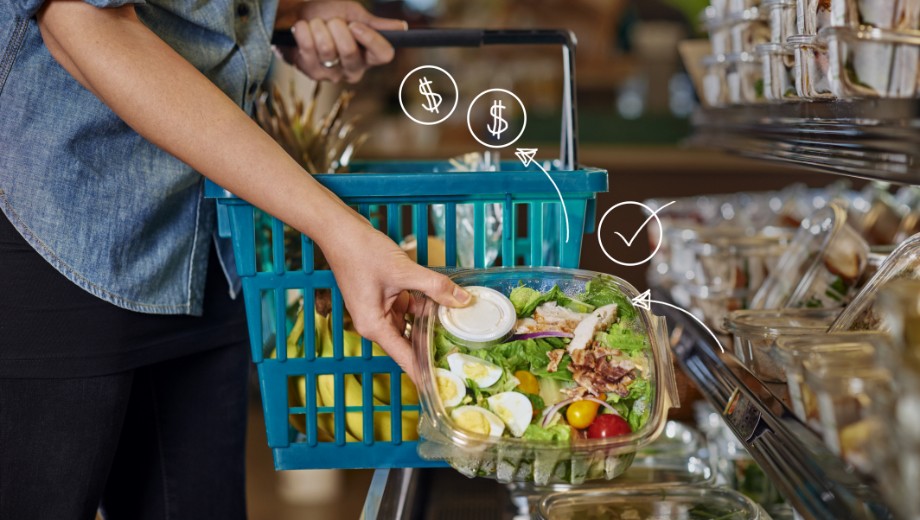Item-level visibility is the key foundation for retail applications to optimize overall performance and enhance the shopper experience. To ensure visibility under real world conditions, RAIN RFID tags need to offer optimum readability. Smartrac's Belt, Web and Miniweb inlays do just that – according to thorough testing* conducted by Impinj.
Retail environments, particularly in apparel stores that host a multitude of tags, pose challenges to RFID tags and readers. Superior transponder and reader performance, plus an optimal interaction between the two components, are a central prerequisite for applications such as asset tracking, inventory management, store optimization, loss prevention, or self-checkout.
Impinj performed “Tagged Item Acceptance” testing for an international retailer to assess the readability of clothing items with Smartrac's Belt, Web and Miniweb wet inlays in an applied retail use case scenario. All RAIN RFID tags were equipped with an Impinj Monza R6-P endpoint IC. The experiment simulated various retail displays with jeans, tights, and shirts in stacked and hanging configurations, each with a Smartrac tag applied, and collected RAIN RFID data via two handheld reader models: the Zebra RFD8500, produced by Zebra Technologies, and the TSL 1128, produced by Technology Solutions Ltd.
Retail’s dream team: Smartrac’s inlays, and Impinj’s chips
To sum up the results of the extensive test runs, all of Smartrac’s tags with Impinj Monza chips achieved >99% read rates with 3 dBm of margin from full power (30 dBm in FCC) when coupled with the Zebra RFD8500. The larger Belt and Web tags had the best margins overall, allowing the highest likelihood of 100% read rates with both reader models. With the Zebra reader, even the extra-small (42mm x 16mm) Miniweb tags worked extremely well and nearly matched the performance of their bigger counterparts.
For Matti Tavilampi, Director of RFID Sensors and Products at Smartrac, the recent results of Impinj’s testing is a welcome confirmation of Smartrac’s endeavors regarding tag performance and quality: “Although the current testing by Impinj may not cover 100 percent of the retail relevant scenarios, it underlines that our antenna design and transponder manufacturing expertise results in superior real-world usability of our inlays and tags.”
Close to the real world: Impinj’s research scenario
The research conducted by Impinj focused on an experiment setup that closely mirrors an applied use case scenario, with some environment controls to ensure that the results are reproducible.
The experiment used three common retail clothing item types – jeans, tights, and shirts – each tagged with one Smartrac RAIN RFID tag type at a time, and placed in at least one typical display setup. In the cases of jeans and shirts, the experiment used two common display setups; items were displayed stacked on a shelf as well as densely stored on hangers.
Then an Impinj tester read the tags with one of two handheld readers. While reading, the tester would gradually modulate the transmit power (dBm) in a low-to-high range, and log the average unique tags read at each transmit power. Finally, a Gaussian readability model used the tag read data to calculate a best-fit trendline and project whether the tagged item scenario met the success criteria for readability.
* Impinj, Inc.’s complete “Tagged Item Acceptance Testing” is available on request. Please contact our sales & customer service team to receive the detailed report.



